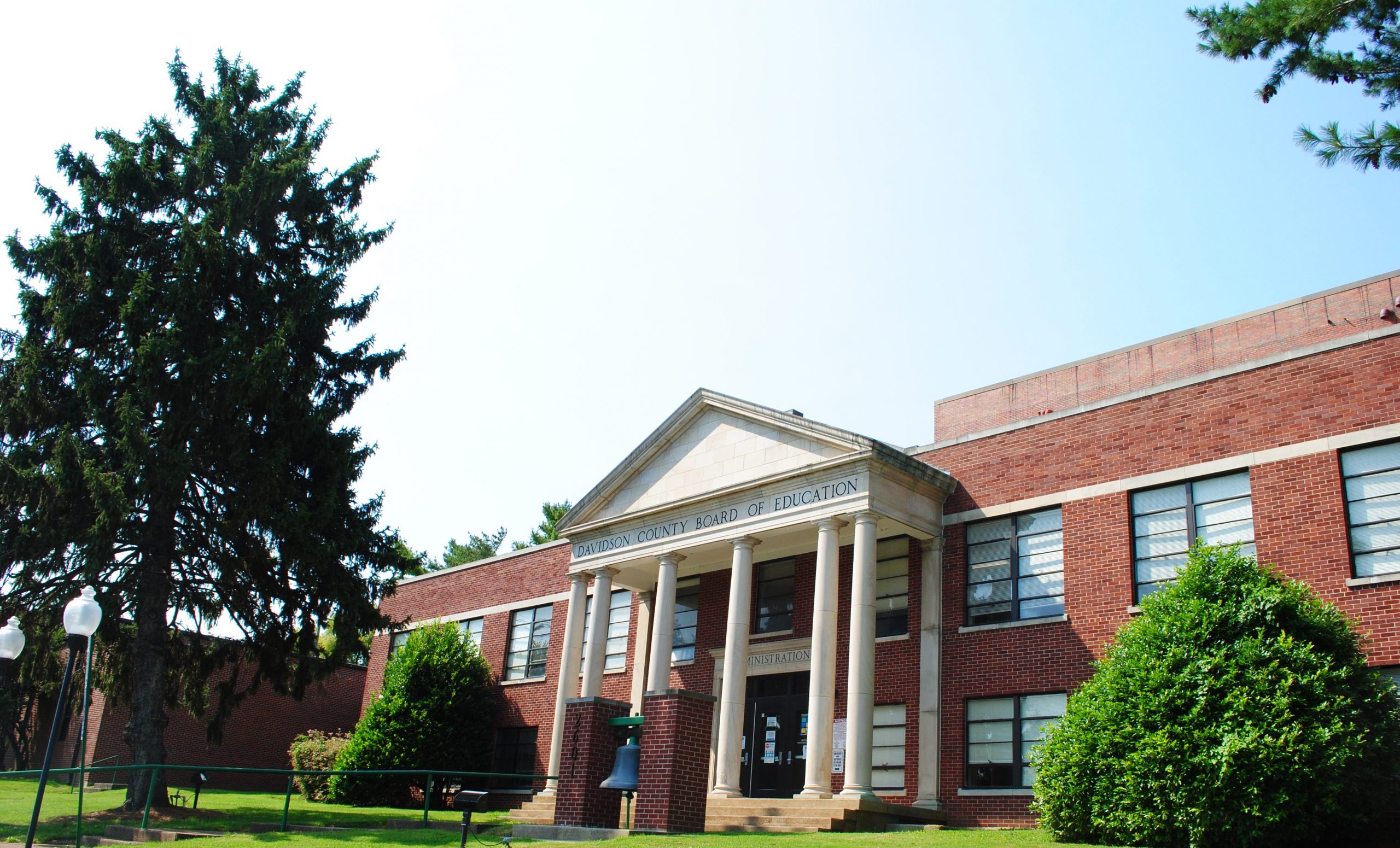Metro Nashville Public Schools harness the power of Demand Response to meet savings goal

The amount of energy needed to power an entire school district can be hard to fathom, but it’s Bruce Rasnick’s job to make sure every student, teacher and staff member gets the electricity they need to power the computers in the classroom, ovens in the cafeteria and the field lights for a Friday night game. But as Metro Nashville Public Schools Energy and Conservation Project Manager, Rasnick also has to encourage everyone to use less energy. He has a multi-million dollar budget to worry about, a budget that gets smaller every year.
“It’s not unlike the budgets we make at home, but on a bigger scale,” says Rasnick with a knowing laugh. “We tell our kids to turn off the lights when they leave a room. I have to make sure that happens for 150 school buildings.”
When Rasnick was hired three years ago, the district also solicited the services of an energy consulting firm. The new team quickly went to work forming MNPS Energy. They wanted to reduce the district’s energy use by 16% over the next five years for a savings of nearly $10 million. But it wasn’t just percentages motivating Rasnick and his team. They knew saving money within their department could impact students and teachers while significantly reducing their overall carbon footprint.
“There’s always a worry each year that money will be taken away from our school district and the first concern is how will that affect our students’ learning environments?” says Rasnick.
“The first year we looked at really low-hanging fruit, such as getting people to turn the lights off at the end of the day,” says Rasnick. “It’s basic behavioral things that we all do at home, but we forget when we’re not paying the bill.”
MNPS Energy then turned their attention to the district’s participation in TVA EnergyRight’s Demand Response program which was already saving them money, so they rolled it out to more schools and administrative buildings. “The great incentive with this program is that not only are we reducing our energy consumption and saving money during a Demand Response event, but we are also getting paid to participate,” says Rasnick.
Extreme weather events – really hot or really cold days – can strain the power grid as more people use electricity to heat or cool their homes and businesses. EnergyRight partners with local power companies, like Nashville Electric Service, to offer three different Demand Response programs to ensure the delivery of steady, reliable and affordable energy during those extreme weather days.
“The Demand Response program is a win for everyone. It helps strengthen the power supply during peak demand, it avoids service disruption to our customers and it affords customers a more financially efficient use of energy,” says Decosta Jenkins, president and CEO of NES.
With Demand Response’s Peak Power Partners program, MNPS Energy works with Enel X during weather events to lower energy use at 60 locations across the district.
“EnergyRight and Enel X will call us 30 minutes before a Demand Response event,” says Rasnick. “Usually, it’s when kids are getting ready to leave for the day. At that time, we start trying to reduce our energy consumption as much as possible with the measures we’ve put in place. A typical Demand Response event lasts about four hours.”
The MNPS Energy team also appreciates getting access to real-time energy data at each of the sites so they can track where improvements need to be made. They are very proud of the gathered data and even have a link to the MNPS Energy Dashboard in all their email signatures.
“They’re starting on that journey to understand how they’re using electricity and where they can start controlling peak demand per facility,” says Andy Geshwiler, the Enel X representative working with Rasnick. “They have a strong building automation system, but we’re working with them all the time to make adjustments. Knowledge is power. Every dollar they don’t spend on electricity is a dollar they can invest in their schools.”
The monthly financial incentives for MNPS’s program participation have also helped Rasnick’s budget. In the ten years the district has been participating in Demand Response, they have earned $400,000 in incentives.
“Those are dollars returning to Bruce and his team to pay electric bills, money coming in to pay for infrastructure improvements, funding coming for students, faculty and staff,” says Geshwiler.
Rasnick seems almost amazed that Demand Response is getting him closer to the lofty goal they set three years ago. In the first year, energy use across the district dropped by 8%. The SARS-CoV-2 pandemic in the second year prompted school closures and skewed his numbers, but he’s on track to meet his goal of dropping energy usage by 2% this year and beyond.
“Our annual budget was roughly $21 million when I started three years ago, says Rasnick. “We’re now down roughly $18 million, so that’s $3 million back into our school systems.”
On the days Rasnick finds himself visiting a MNPS school, he sees the tangible evidence of what saving money can mean. Teachers who don’t have to dip into their own wallet to purchase school supplies, more books in the school library, replacing an old roof instead of making minor repairs.
MNPS Energy hopes to get all 150 buildings in the district on Demand Response. They are also eyeing other EnergyRight programs such as School Uplift to help them take their energy-saving goal to the next level.
Visit our Demand Response page if you’re interested in learning more!



